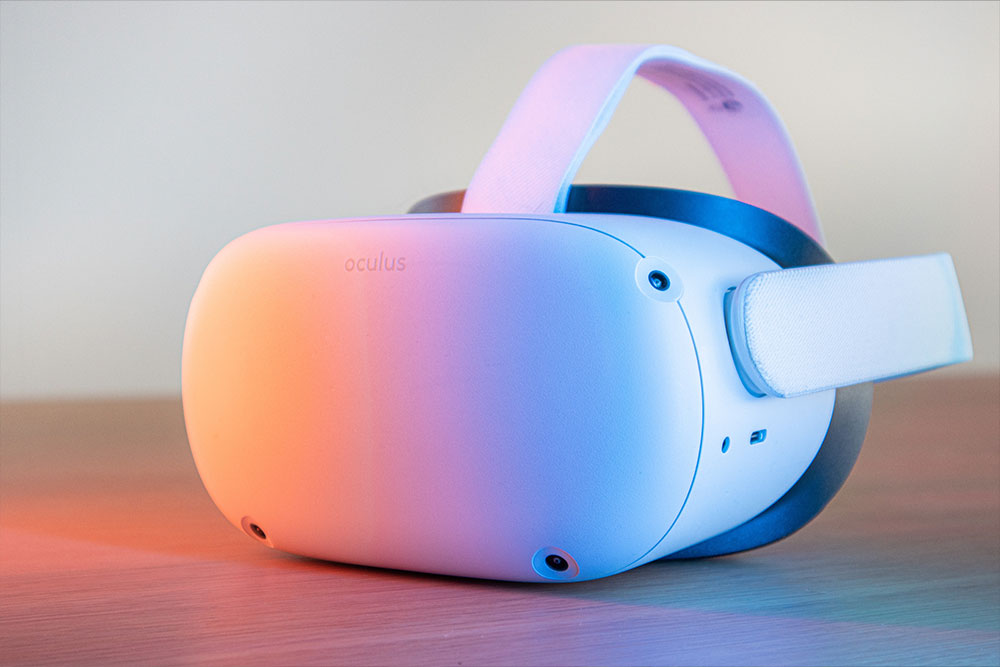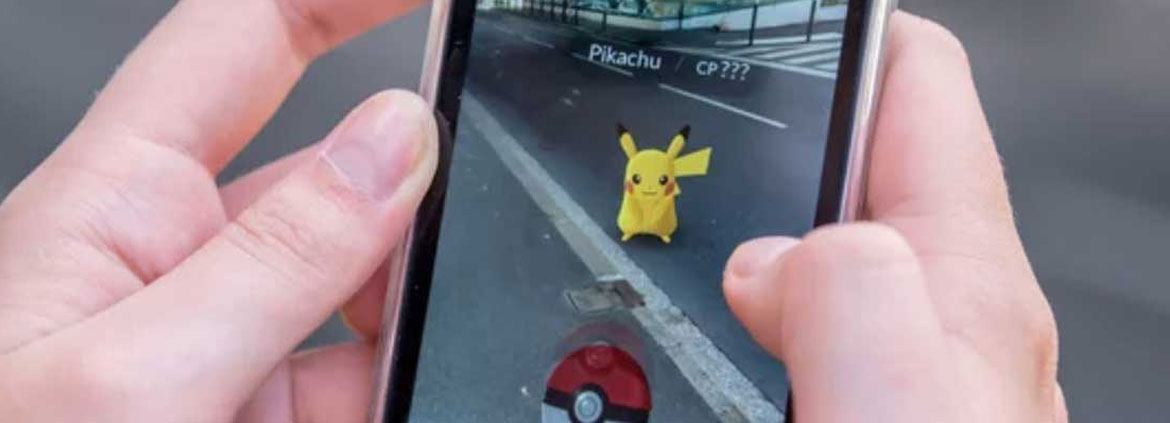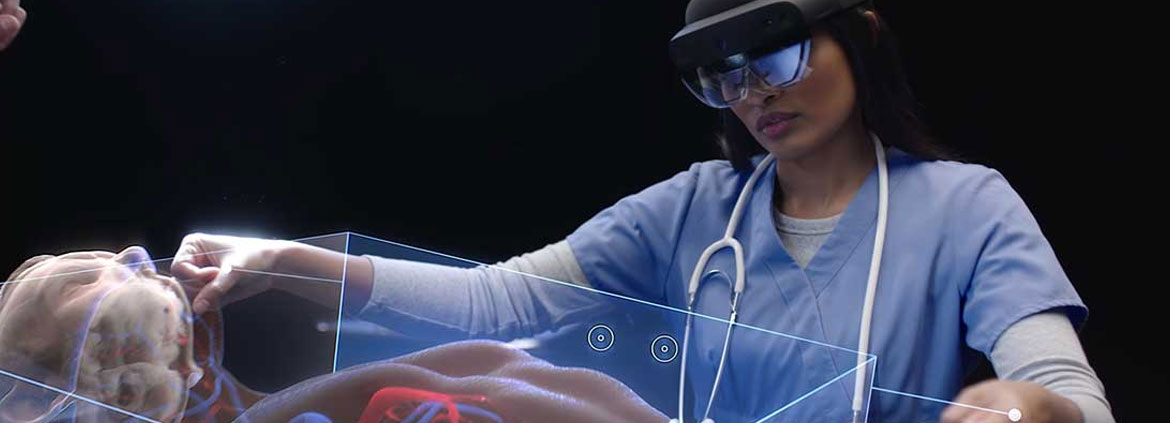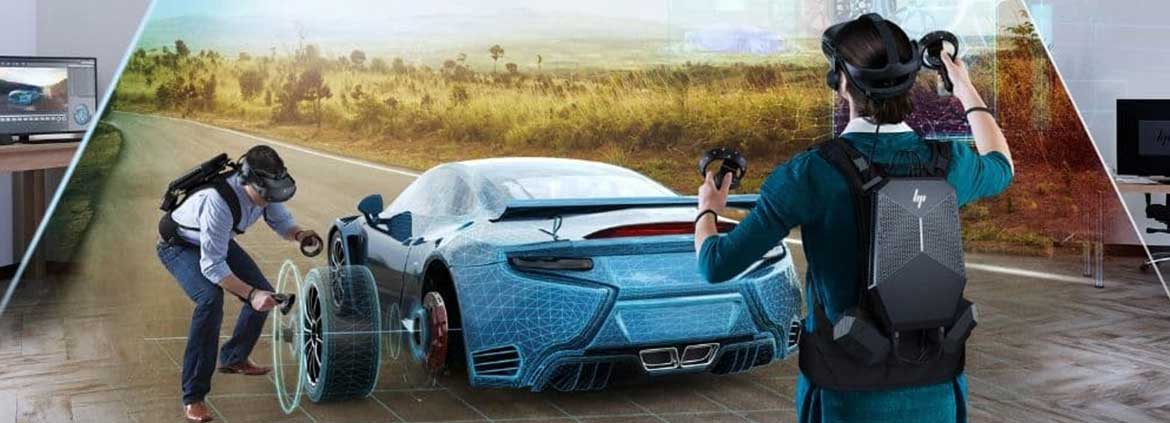What is Virtual Reality (VR)?
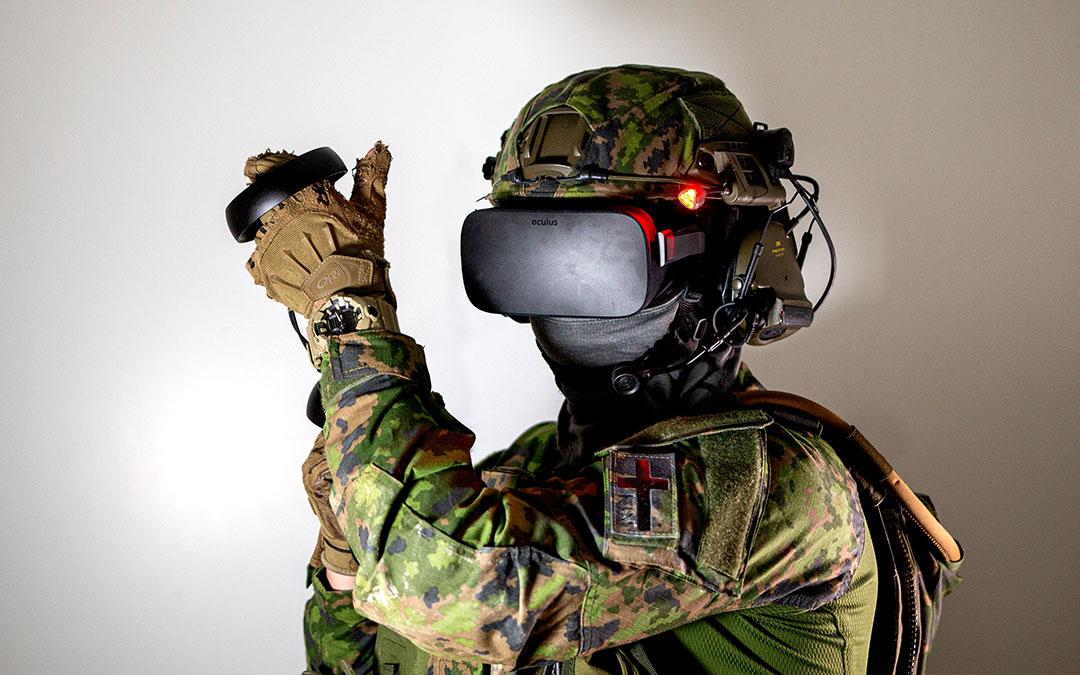
Step into the world of virtual reality (VR)
No really, put on the equipment and immerse yourself in the illusion that you’re in another world. That’s what VR is — a computer-generated simulation of a 3D image or environment that can be interacted with in a seemingly real or physical way using special electronic equipment. But besides gaming and entertainment, what else can you do with VR? And is it here to stay?
Let’s take a look at the world of virtual reality and see what’s in store for this futuristic, larger-than-life technology.

